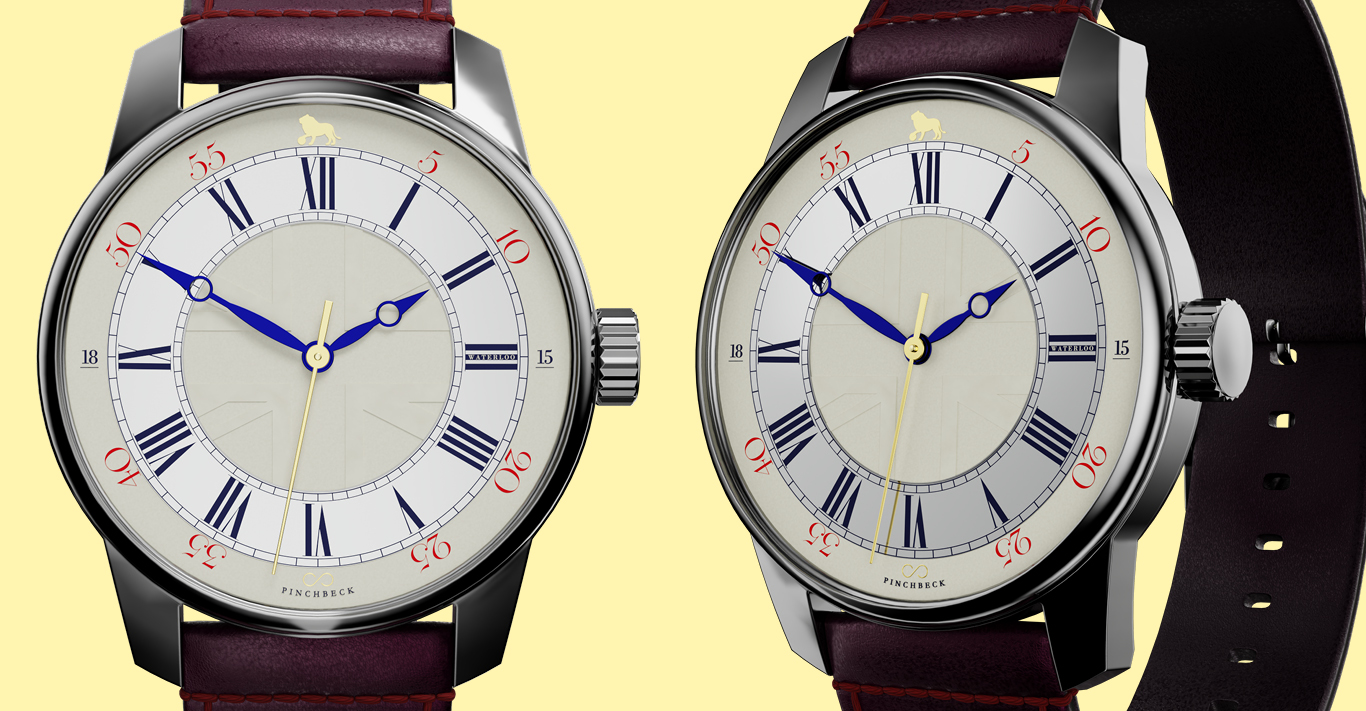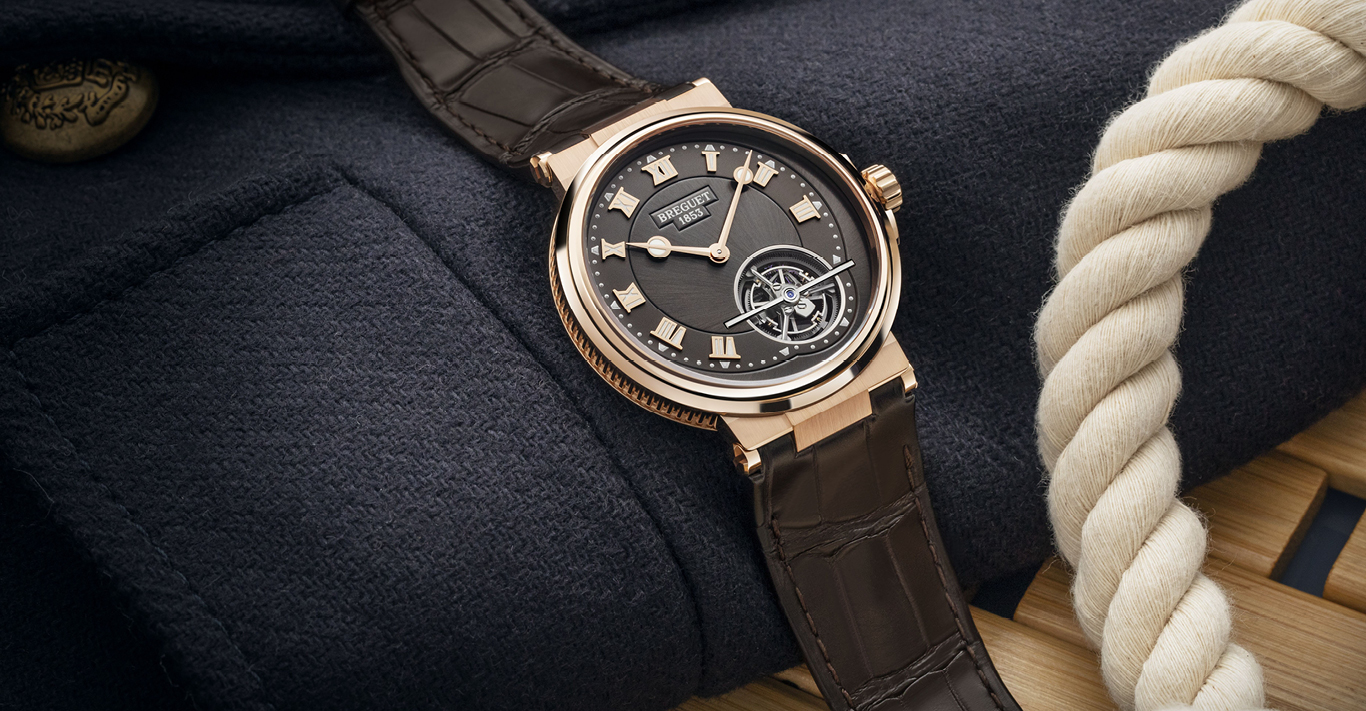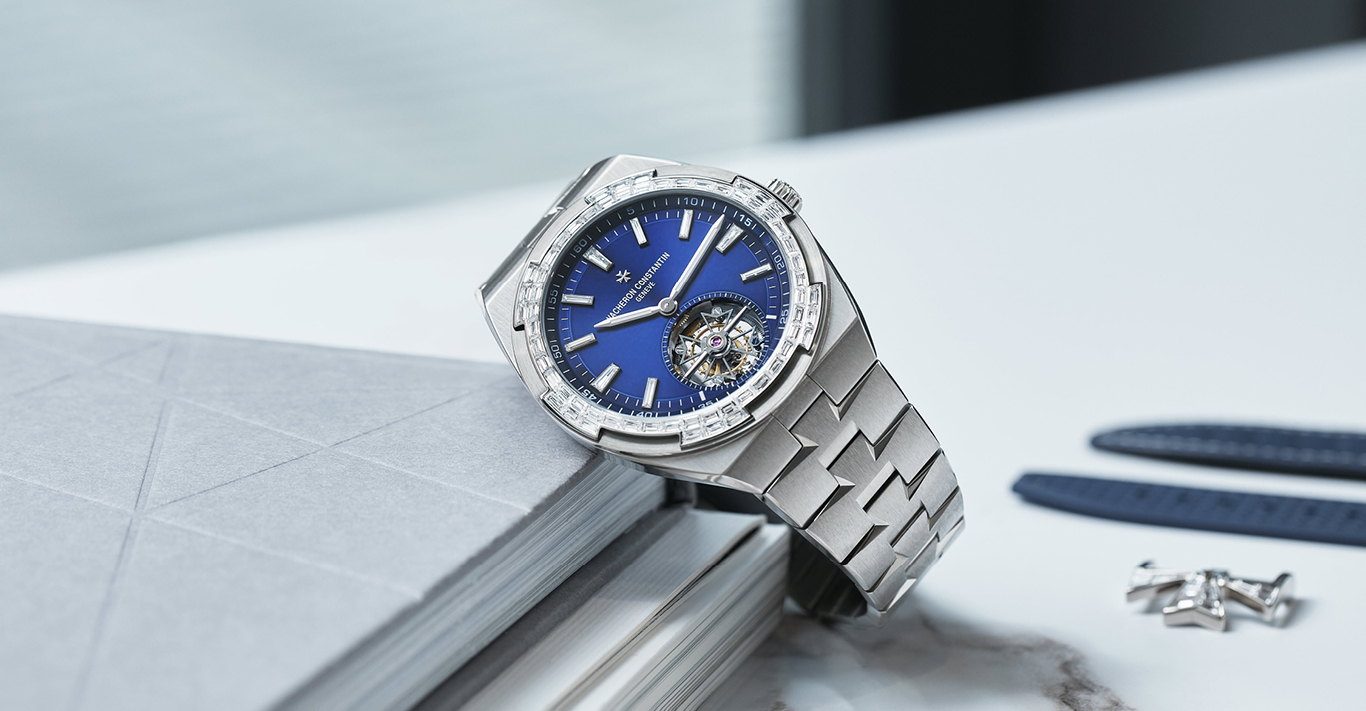WORDS
James Dowling
ILLUSTRATION
Charlotte Molas
Here is a quiz for those obsessed with the minutiae of recent horology: Who makes the world’s thinnest tourbillon? Who reimagined the chronograph? Who has introduced more brand-new complicated watches this century? Who makes the world’s thinnest perpetual calendar? Who has successfully reimagined both the world time watch and the rattrapante? And, finally, what is the link between them all? The respective answers are: Bulgari; Fabergé; Harry Winston; Hermès; Louis Vuitton.
And the link is, of course, that they are all so-called ‘luxury’ brands, and given short shrift by most watch connoisseurs, as they are not considered real watch companies. Being the contrarian that I am, I beg to differ, and would also like to point out that while the largest watch brand in Switzerland is Rolex, coming up the ranks is Cartier, arguably the ultimate ‘luxury’ brand. So what is happening, and how has it escaped the notice of all but a few?
The high-end watch market has (until recently) always been the province of what I think of as the ‘heritage’ brands, these are Swiss (or more recently, German), have roots in the 18th or 19th century and make great play in all their promotional material about tradition, craftsmanship and heritage.
This focus on tradition led the heritage firms into a rut – their clients, conditioned to hold specific expectations of them, just wanted more of the same that they were used to. So brands concentrating on the addition of classical complications – tourbillons, repeaters and chronographs – became almost common, but always following classic designs.
But while the heritage brands and their clients were locked into this self-fulfilling loop, two things happened almost simultaneously – young watchmakers who wanted to be creative and different came along, as did clients with sufficient money to buy the best that watchmaking could offer, but who viewed themselves as anything but traditional.
The luxury brands saw how they could profit from both of these phenomena. Many of them bought independent watchmakers. Bulgari bought Daniel Roth, one of the first of the independents, and Louis Vuitton bought La Fabrique du Temps, a manufacturer that made highly complicated movements for independent brands.
There are major differences between the luxury brands and the traditional watch businesses. The watch industry is essentially conservative, while the luxury brands are unafraid to be creative and adventurous and they also have very deep pockets.
So, if the watch market is relatively so small, why would these luxury brands want a piece of it? Simple: it is an ancillary lifestyle purchase, which fits in well with their core businesses. A client spending thousands on a couture outfit from Vuitton or an even larger amount on a Bulgari necklace is pre-qualified to purchase an expensive watch, and if it is a gent making the purchase for his wife/partner/friend, then he is already in an expansive mood and primed to indulge himself.
Many of these new customers are aware of the brand names and see them as synonymous with real and perceived quality; so while the names Patek Philippe or Lange & Söhne may mean nothing to them, they are fully aware of the luxury brands and more inclined to trust them. But, as mentioned earlier, these new clients don’t see themselves as traditional, and as they enjoy the radical and unorthodox styling of modern fashion, they are ideal clients for the innovative designs coming from the luxury brands’ watch divisions.
The commitment of the luxury brands to the watch business can best be demonstrated by their investments; not so much in the purchase of buildings and companies, but rather in the people they have chosen to run their businesses. When Bulgari family member Francesco Trapani left his post as CEO of Bulgari to progress up the LVMH ladder, the group could have chosen anyone to replace him, but it is revealing that they chose a watch guy – and not a jewellery specialist – Jean- Christophe Babin, who had spent 12 years running Tag Heuer. Similarly, when Vuitton decided to make a serious commitment to the watch business, it signalled this by hiring Hamdi Chatti, who had previously resurrected the Minerva complicated watch operation for Montblanc and before that had run Harry Winston’s watch division where he was responsible for its annual trailblazing Opus watches. Both of these hires made the statement that the brands were serious about complicated watchmaking.
If the hiring of these executives signalled the brands’ commitment to high-end watchmaking, the products they soon introduced confirmed it. Concentrating on Vuitton’s history as a maker of luggage, Chatti had decided that all Vuitton watch products should henceforth always be about travel, in some way. So the minute repeater it introduced was a two-time-zone watch, with the hands showing local time and the repeater sounding the home time. Simple, but brilliant.
Bulgari took an underperforming model – the Octo, a design by Gérald Genta (whose firm was part of the Daniel Roth purchase) – and drastically redesigned it; in doing so they reduced the height of the watch down to an almost infinitesimal 5.1mm. But that wasn’t the end of it – they also introduced a tourbillon and a minute-repeater version of the watch, measuring 5.0mm and 6.85mm high respectively.
With these and other products, such as Vuitton’s Twin Chronograph and Bulgari’s Commedia dell’ Arte automaton repeaters, these luxury brands are showing that they are here to stay in the world of complicated watchmaking.




